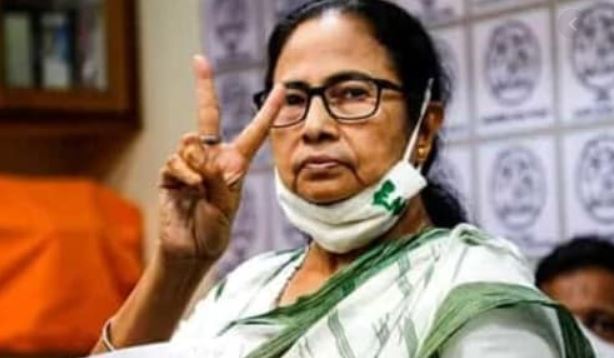Sujit Bhar
West Bengal Chief Minister Mamata Banerjee’s student credit card scheme is not a grant, but a credit guarantee scheme which allows a student to avail of loans from any private of public sector bank or even cooperative organisations. That is the broad perspective available so far for the innovative scheme that should boost participation in education at the grassroots level in West Bengal. The simple interest that will accompany the loan is an added benefit.
Of course there are lacunae – for example, the Rs 10 lakh cap can barely guarantee enrolment in top notch universities in India, leave alone abroad (and even buying a computer is allowed in this) – but every government project goes through a process of evolution and development, and newer ideas will surely be accommodated within this.
Technically, this is just a fulfilment of the Trinamool Congress’ (TMC) promise, made in its election manifesto to make the “youth of Bengal self-reliant”, but the larger picture is the involvement of the youth in worthwhile activity with monies that will have to be paid back by them. Past state largesse, in the form of sizeable grants top puja committees across the state had come in for severe criticism, even within the party, and this was seen to be a reasonable alternative, having set the upper age limit at 40. If the TMC and the banks (or cooperatives) can handle this carefully, the puja largesse can be kept within controlled limits. After all, the state budget can hardly adjust donations to puja committees as development expense.
Critics have already started renaming this as a new NPA scheme, and the only truth in that is that there is yet to be set in place a system of checks and balances so that monies with government guarantee are not siphoned off by cheats. However, if the argument preceding this holds any water, such checks and balances are bound to be porous, at best, despite banks being known to make loan applicants sign sheaves of documents that could incriminate them later. Banks will be careful, because the only collateral in this is the state government’s guarantor status.
The idea is noble, and cannot be taken to the dhobi ghat by the BJP as it is. However, two things have to be kept in mind. With the disastrous industry and commerce situation in the state today, hence the job situation being at perilously low levels, even the 15-year repayment period might prove too little. There could be a debt trap waiting for the poor student who actually wants to use this to study.
Secondly, the state is not backing applicants’ job aspirations. With an underperforming economy, with the entire MSME sector in a shambles and with demand at historic lows, there is no way graduating students will be staying back in the state. How, then, do these loans add value to the state? The scheme is available to students who have spent 10 years in West Bengal. If they have to leave for a job, post graduation, what purpose would this loan have served?
How does a student loan work? Let us take, as a set example from India leading private sector bank, the ICICI Bank. Its Education Loan, carrying interest rates starting at 9.50% per annum, offers secured loans up to Rs 1 crore for international and Rs 50 lakh for domestic institutes and courses. The collateral-free loan has a cap of Rs 40 lakh, but that is for select institutes and courses.
How is the loan accessed? Tuition fees of international institutes, and in certain cases even Indian institutes, are paid directly by the bank. This reduces risk of cheating. Over and above, the loan offers unlimited Income Tax benefits on interest paid. This also means that the bank gets access to the income tax returns of the student, as well as his/her parents/guardians.
These nitty gritties have also to be worked out for the loan to be effective. There are drawbacks, but we can only hope for the best.


